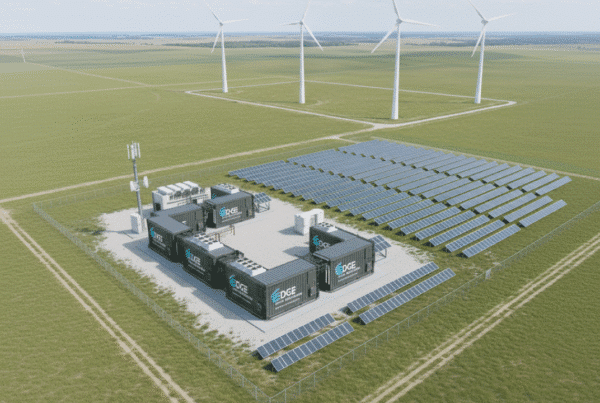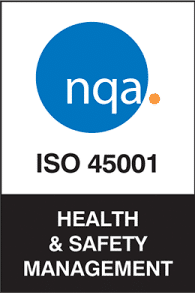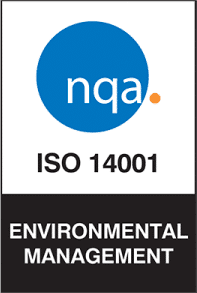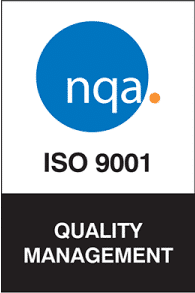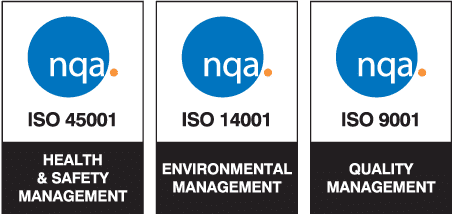
In 2025, the effects of climate change and pollution have intensified allergic symptoms, while renewable energy emerges as a potential long-term solution.
Global warming has led to an increase in pollen production, extending allergy seasons and making them more severe. Warmer temperatures allow plants to bloom earlier, prolonging pollen presence in the air. Additionally, higher carbon dioxide concentrations stimulate plant growth and elevate pollen production, exacerbating immune system responses in allergic individuals. A shift in dominant plant species has also been observed, with some producing more irritating pollen.
Adding to this scenario, extreme rainfall patterns in March, April, and May have triggered uncontrolled growth of pollen-producing plants. High humidity has favored the proliferation of grasses and trees like olive trees, which are releasing record amounts of pollen into the air. While rain can temporarily lower pollen levels, it also sets the stage for a massive release when the climate becomes drier and warmer. As a result, many provinces have reported historic pollen levels and issued red alerts for allergy sufferers.
Air pollution is another factor exacerbating allergies. Nitrogen oxides and ozone alter pollen structure, making it more aggressive for the body. Suspended particles, like PM2.5 and PM10, irritate the respiratory tract and facilitate allergen penetration. Higher temperatures also increase pollutant concentrations in the air, worsening symptoms of allergic rhinitis and other respiratory issues. Continuous exposure to these pollutants can make allergies chronic, significantly affecting quality of life.
Renewable energy can help mitigate these problems by reducing pollutant emissions. The expansion of solar and wind energy decreases dependence on fossil fuels, leading to better air quality. The development of sustainable transportation, including electric vehicles and less polluting mobility systems, also helps lower exposure to environmental allergens. Additionally, artificial intelligence can be used to monitor real-time air quality and pollen levels, enabling preventive measures and improving public health.
While 2025 allergy levels have reached concerning highs, investing in clean technologies and promoting environmental policies could help reduce their impact in the future. Transitioning to a less polluted environment is essential to mitigate climate change effects and improve public health.
——————————————–
Find out more news about the renewable energy sector on the Univergy Solar blog.

